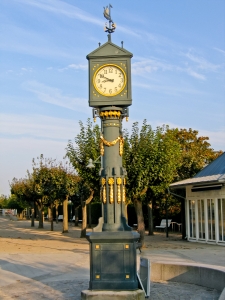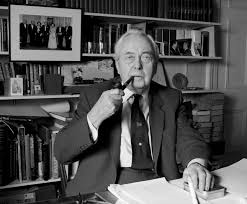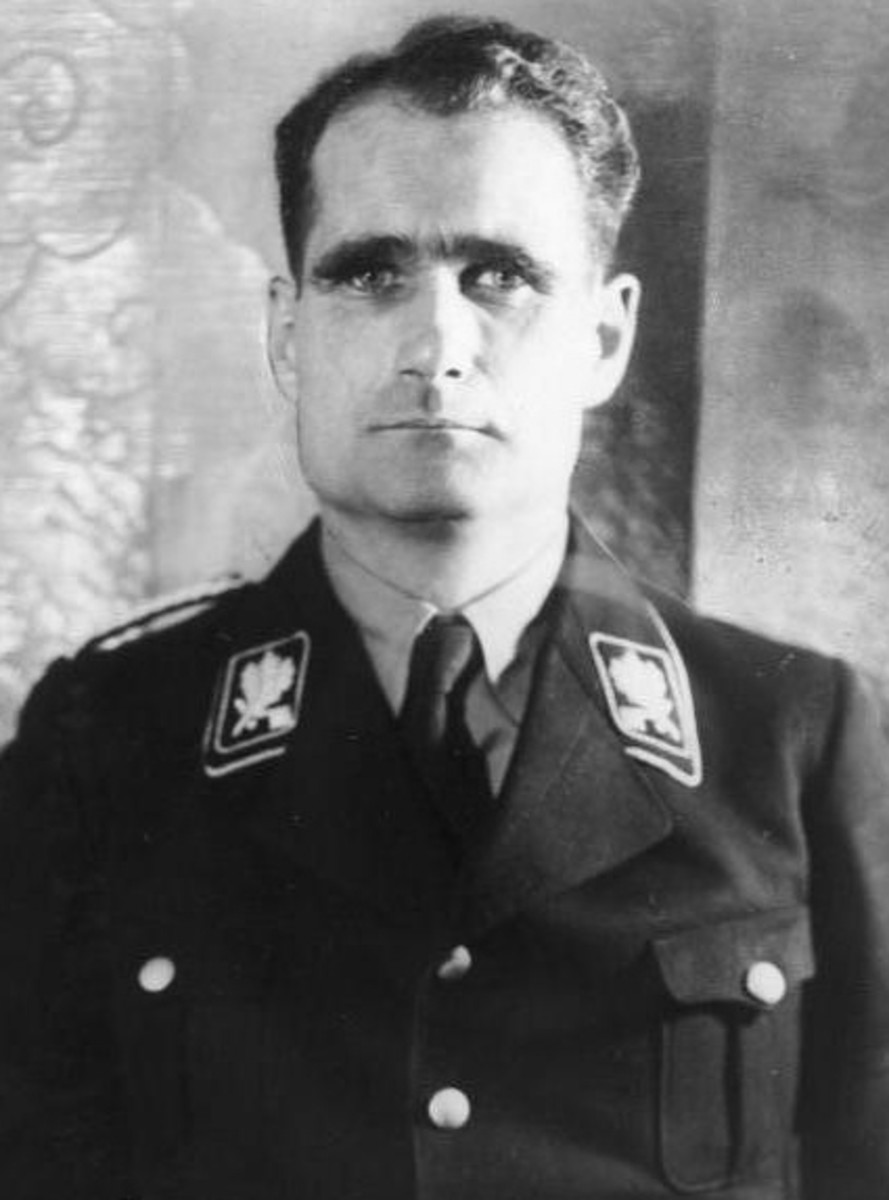Why do we change our clocks twice a year?

The origins of Daylight Saving Time (DST)
George Vernon Hudson, an English born New Zealand entomologist (scientist who studies insects) and astronomer is credited with inventing the idea of Daylight Saving Time. The reasoning behind his idea was however purely selfish. As a shift worker he found that in his spare time he did not have a lot of daylight hours left over in which to continue building his insect collection. He decided that he needed more daylight hours in which to carry out his personal vocation.
Therefore, in October 1895 he presented a paper to the Wellington Philosophical Society in which he put forward the idea of adjusting the time seasonally to create additional daylight hours. Hudson's original proposal however was to put the clocks forward by two hours in October and two hours back in March. Hudson's idea was scorned by many members of the Society initially but was eventually introduced in New Zealand in 1927. Although clocks were only altered by one hour as opposed to the two hours suggested by Hudson.

British Summer Time
In Britain however it is William Willett who is credited with the idea of changing the clocks to create more daylight hours. Willett was a builder by trade but was also a keen horse rider. Whilst out riding his horse early in the mornings he deplored what he called the "waste of daylight" that he identified in the early morning when everyone else seemed to be sleeping.
Willett published a pamphlet in 1907 entitled "The Waste of Daylight" in which he asserted:
"Nevertheless, standard time remains so fixed, that for nearly half the year the sun shines upon the land for several hours each day while we are asleep, and is rapidly nearing the horizon, having already passed its western limit, when we reach home after the work of the day is over. Under the most favourable circumstances, there then remains only a brief spell of declining daylight in which to spend the short period of leisure at our disposal."
However, at the time of Willett's death in 1915 his proposal had still not been accepted by the Government despite Willett's tireless campaigning.
The breakthrough came in 1916 when Germany began using Daylight Saving Time during World War I reportedly to save fuel that was being used for artificial lighting. Britain followed Germany in May 1916 (The Summer Time Act).
The first day of British Summer Time was therefore 21 May 1916.
It is interesting to note that Germany stopped using Daylight Saving Time around 1919/1920 after the war had ended but many countries still continue to use DST or as in the case of Britain, BST.

British Standard Time
British Standard Time was an experiment introduced by Harold Wilson in Britain from 1968 to 1971. The clocks went forward as usual in March 1968 but did not go back again in the autumn. Britain then stayed one hour ahead of Greenwich Mean Time until 1971 when the experiment ended. At the end of the British Standard Time experiment a detailed review was carried out by the Home Office who found that there were both advantages and disadvantages to Daylight Saving Time. On balance the Government decided to return to British Summer Time.
Controversy surrounding British Summer Time
Arguments for British Summer Time:
- People who enjoy getting up earlier in the morning or have to due to their occupation (e.g. farmers and postal workers) will benefit from the lighter mornings.
- Children walking to school are argued to be safer than they would be walking to school in the dark.
Arguments against British Summer Time:
- The Royal Society for the Prevention of Accidents state that more people are killed and injured on the roads because of darker evenings in the autumn and winter. They state that we should adopt GMT+1 in the winter months and GMT+2 in the summer months - this would create lighter evenings all year round.
- According to a Cambridge University study, moving to SDST (as above) would cut carbon emissions by 450,000 tonnes each year. The energy saved would be equivalent to the annual domestic electricity consumption of 2/3 of Glasgow and 85% of all the power generated by wind, wave and solar renewable energy in England.
- We should align the British working day with Continental Europe's working day for more effective working.
- The extended daylight hours created by moving to GMT+1 in winter and GMT+2 in summer would create greater tourism for Britain.
- More evening daylight would create greater opportunity for outdoor activities and exercise.
- It effects different parts of Britain and different occupations disproportionately.








